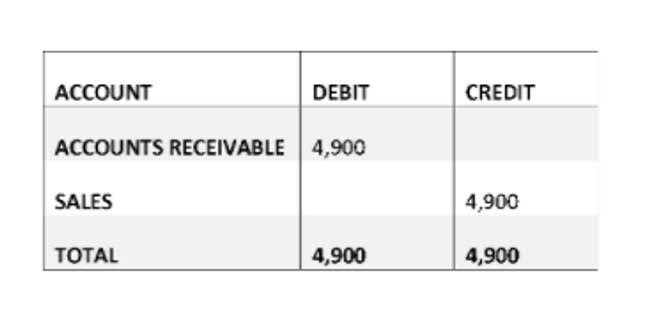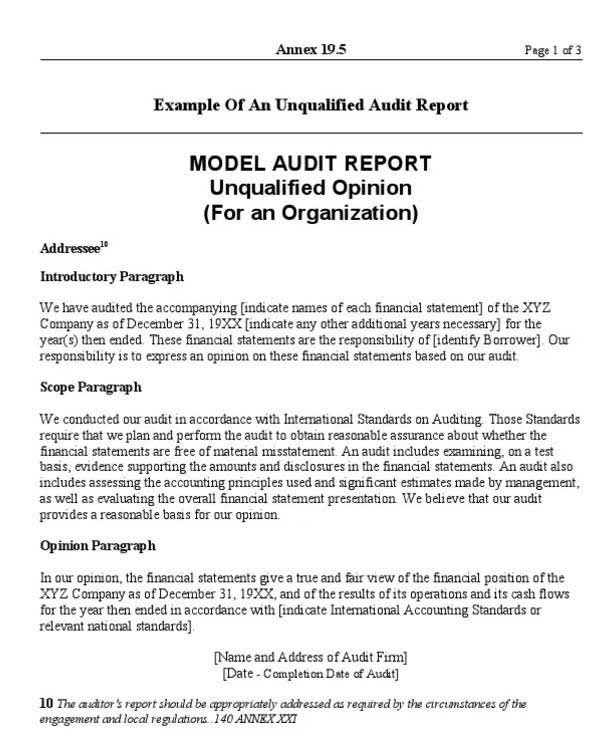
In finance and accounting, MM (or lowercase “mm”) commonly denotes that the units of figures presented are in millions. In this context, MM is the same as writing “M multiplied by M,” which is equal to “1,000 times 1,000,” which equals 1,000,000 (one million). If you had a commercial property valued at $92 million, a modern writer would likely abbreviate the expression by saying it was worth $92M. In accounting and financial analysis terms, we know that reads as 92 thousand dollars, but the context allows us to understand the expression’s intent. In accounting speak, a written “MM” means a million, whether the accountant is referring to units, dollars, euros or shares. Rather than writing $400,000,000 or $400 million, the accountant can use the MM abbreviation and write $400MM instead.

Streamlining Financial Documents

If you can’t go above three M’s in a row, you can’t get to 4,000, which would be MMMM. Our goal is what does mm mean in money to create English lessons that are easy to understand for everyone. “M” is the official abbreviation used whenever a million units of something are requested.

What Does “MM” Mean?

I have worked in equity markets for 20 years and poor abbreviations drive me crazy. Regretfully, until the USA goes metric there’s going to continue to be problem with this. I’ve found answers on the web but also got conflicting answers from financial professionals (coworkers). Explore Our Course LibraryEnhance your leadership skills with our diverse selection of courses. Take your abilities to the next level and become a more effective leader and team player. Rather than use the barred M, however, accounting went with MM as an abbreviation for a million.

Example of MM in Financial Statements
- For Representation of Thousand, K is used as an abbreviation, and for representing Million, Single M is denoted as an abbreviation.
- Frequently, in finance and accounting settings now, an analyst will use k to denote thousands and a capitalized M to denote millions.
- CFI is on a mission to enable anyone to be a great financial analyst and have a great career path.
- Roman numerals are often used in accounting to help abbreviate and designate numbers.
- These abbreviations simplify the reading and comprehension of financial documents.
- For example, an annual salary of $60,000 might appear as $60k instead of $60M.
- “M” is the official abbreviation used whenever a million units of something are requested.
Unfortunately, there isn’t a consistent approach to labeling units. The least ambiguous approach is to simply write them out in words, such as “$ thousands.” This is Corporate Finance Institute’s recommended method, to avoid any potential confusion. Another driver of using MM was the need to streamline amounts in printed financial statements, reports, and documents. Whether etched by hand or printed, space was at a premium on these pages. MM enabled fitting large monetary values concisely into tables and ledgers.
- Million can also be represented using “mn” and “m,” so an individual may see $4m, $4mn or simply $4 million.
- Territory includes Washington, Oregon, Montana, Idaho, Hawaii, Alaska, California, and Utah.
- If you see an abbreviation that is confusing or unclear, please reach out to your local underwriter or branch for clarification, even if you are just asking for a friend.
- No one should make any investment decision without first consulting his or her own financial advisor and conducting his or her own research and due diligence.
- However, there are official abbreviations out there that you might come across, and it would help to know about them.
- To avoid confusion, use any and all abbreviations consistently throughout all your financial records.
Any universal shift would require a coordinated effort from all major institutions simultaneously. To understand MM, we have to go back to the early days of accounting when Roman numerals were used to record ledgers. In this era, M already signified 1,000, while MM denoted 1 million. For the past 52 years, Harold Averkamp (CPA, MBA) hasworked as an accounting supervisor, manager, consultant, university instructor, and innovator in teaching accounting online. He is the sole author of all the materials on AccountingCoach.com. For the past 52 years, Harold Averkamp (CPA, MBA) has worked contribution margin as an accounting supervisor, manager, consultant, university instructor, and innovator in teaching accounting online.
- For example, 1MM equals 1 million, $34MM equals $34 million and so on.
- Boost your confidence and master accounting skills effortlessly with CFI’s expert-led courses!
- “M” is only used as an abbreviation when talking about a lot of money or in scientific communities.
- You can see it on ancient French and British ledgers from the 18th and 19th centuries where “M₤” represents £1000 and “MM₤” is £1million.
Our Clients Love the Professional Leadership Institute
- Writing style guides recommend that figures under a million should be written numerically (1,000 vs. one thousand).
- Another theory is that it is a misprinting of the Greek letter phi.
- Rather than use the barred M, however, accounting went with MM as an abbreviation for a million.
- Another driver of using MM was the need to streamline amounts in printed financial statements, reports, and documents.
- In this era, M already signified 1,000, while MM denoted 1 million.
In this example, we intentionally chose a piece of analysis that contained various different units, such as dollars and shares. When an analyst must present various different types of units, it is recommended to add a “units” column so that each item contains a label for easy reference. It’s also common to see K used for 1,000 and B for a billion.
Leave a Reply